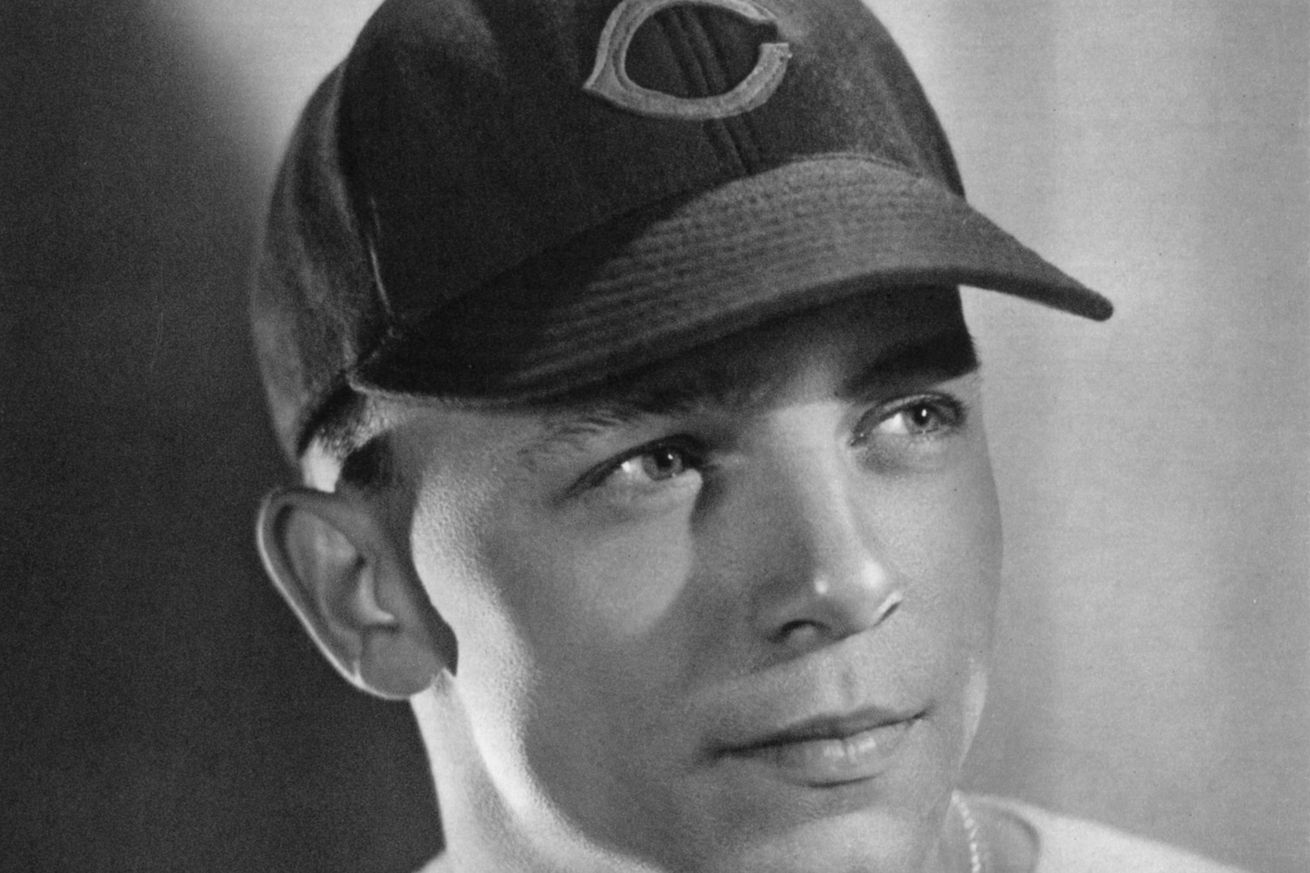
Another quiet year for deals.
The Cubs had not had a winning season since 1939 and 1944 would be no different, though the team did play better after dropping to a season-low 17 games under .500 at 18-35 when they dropped the first game of a doubleheader to the Reds June 25. From then to the end of the season the Cubs went 57-44, a .564 winning percentage that might have presaged their 1945 NL pennant season.
As has been the case with some of these, I’m including some non-trade transactions because there were few or no player-for-player deals.
June 4: Acquired Bob Chipman from the Dodgers for Eddie Stanky
Stanky had played several years in the minor leagues, and the Cubs had acquired his services as part of a minor-league working agreement, per his baseball-reference page. That was a common thing in that era, especially with teams like the Dodgers who had created large farm systems, while the Cubs had not done so.
Stanky played well for the Cubs in 1943, a good defender who drew tons of walks, not that most managers paid any attention to that back then. His 92 walks were fourth-most in the NL, but that talent was ignored by the Cubs.
Stanky wound up having several good seasons for the Dodgers, Braves and Giants, finishing third in MVP voting in 1950 and making three All-Star teams. He posted 39.9. bWAR after leaving the Cubs, and later managed the Cardinals and White Sox (and the Texas Rangers for one game in 1977, quitting because he was “homesick,” per his SABR biography.
Chipman pitched for the Cubs through 1949 and posted 1.2 bWAR. He faced two batters in Game 5 of the 1945 World Series, walked one and ended his only appearance with a ground out.
This was not a good trade for the Cubs.
August 26: Acquired Frank Secory from Milwaukee (American Association)
This was another type of deal common in those days, when many minor leagues and teams were independent. They had players under contract only to them, and could make some money sending players to the big leagues. The amount of cash sent to the Milwaukee team — then, as now, called the Brewers — is not known.
From 1941-45 the Milwaukee minor-league club was owned by Bill Veeck. Yes, THAT Bill Veeck, the future owner of the White Sox. Former Cubs player and manager Charlie Grimm was a part-owner as well, which is why the Cubs wound up making a number of deals with this club in that era. Grimm returned to the Cubs as manager in 1944 and was succeeded by Casey Stengel.
As for Secory, he batted .237/.300/.404 in 90 games for the Cubs from 1944-46, and went 2-for-5 in the 1945 World Series.
Then he became a National League umpire for 19 years, from 1952-70, and was an umpire during a then-record nine no-hitters, including being the second-base umpire during Don Cardwell’s no-no for the Cubs in 1960.
August 30: Acquired Charlie Gassaway from Milwaukee (American Association)
This was not a major deal — Gassaway pitched in just two games for the Cubs.
I include him here because in “Cubs By The Numbers” (which you can still obtain for your own personal enjoyment!), Gassaway was the only Cubs player since they had begun wearing uniform numbers in 1932 for whom we could not find a number.
In 2019, a chance find online of a scorecard from 1943 helped solve this mystery, and you can read the entire story here.
That’s basically it for ‘44. The Stanky deal was bad so I’ll give these a “D” grade.
NOTE: This series will resume on Monday, after the holiday weekend.
